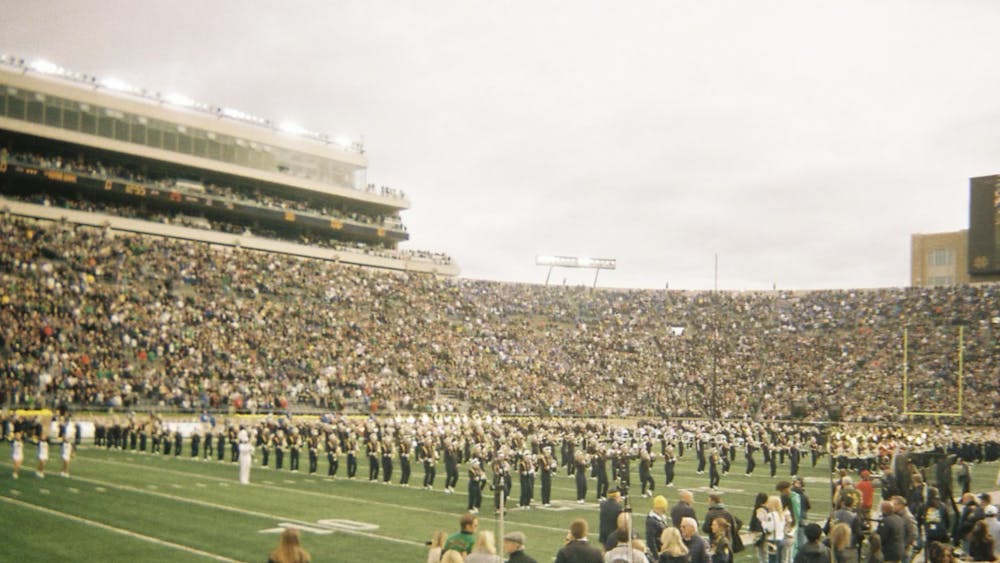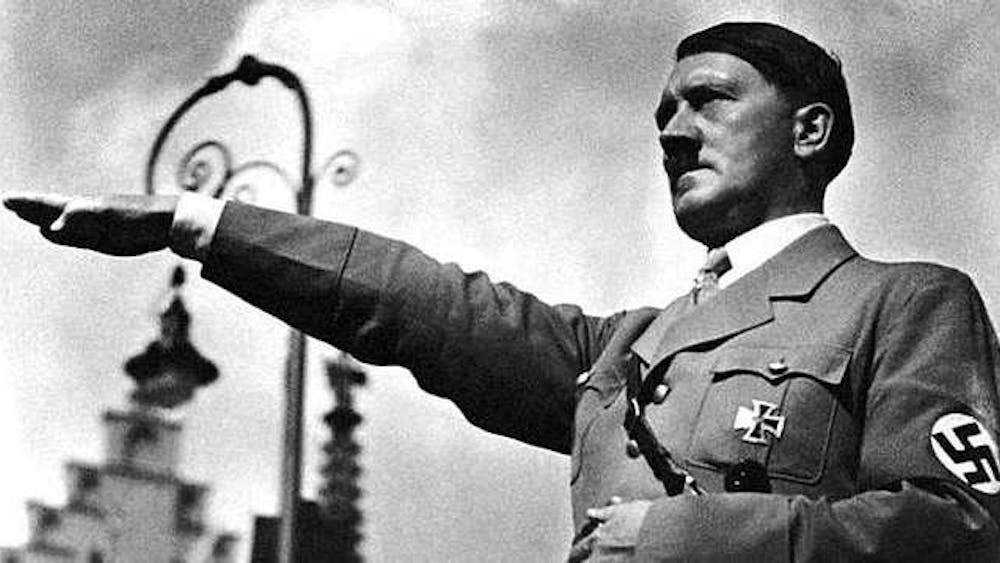During the summer of 2014, I had the incredible opportunity to spend a week with each of the different branches of the Navy. From driving a 16,000-ton warship to climbing around the engine room on a submarine, I had some awesome life experiences. During one such excursion, I was allowed to go on the shooting range with the Marines. As I was shooting grenade launchers, I could not help but think of the irony: The government trusts me with a pound of explosives, but not with an ounce of alcohol?
I’m sure most college students have often felt this way. Therefore, I decided to explore the reasoning behind drinking age being 21 and if this is still an applicable law in 2016.
In 1984, President Reagan signed the National Minimum Drinking Age Act, which increased the drinking age from 18 to 21. The momentum behind this decision came from the high percentage of teenagers dying from alcohol-related driving accidents. To the law’s credit, since this policy was enacted the percentage of deaths from teen drunk driving decreased from 61 percent to 31 percent in 1995. Since 1984, other biological studies have emerged that support the higher drinking age. For example, the University of Indiana was able to prove that drinking alcohol at an early age increases an individual’s chance of dependency later in life. According to the University of Rochester, the brain does not even stop developing until the age of 25. Therefore, drinking at a young age can increase an individual’s chance of serious brain damage or stunted development.
Compared to 1984, our generation has received so much more alcohol education, especially with regards to drinking and driving. From mandatory health class to college orientation, everyone has some exposure to both the laws regarding alcohol abuse and the consequences that follow them. Just searching “drunk driving accidents” on the Internet is enough to dissuade me from even considering drinking and driving. When looking at a decrease in alcohol accidents among teenagers, people have to consider the effect the availability of information plays into the narrative. Also, with innovations in the medical field, such as stem cell growth and safer transplant procedures, the amount of people dying from car accidents across the entire population has significantly decreased regardless of age group or circumstance. Therefore, the decrease in fatal teen alcohol accidents seems to reflect this pattern. Clearly, using the 61 percent to 31 percent decrease is not the best argument to keep the drinking age at 21 because there are too many other factors that can justifiably be used to explain the statistic.
Drinking large amounts of alcohol at a young age can cause problems. However, it is the manner and frequency of alcohol consumption that causes most of these problems. For example, Europeans drink more alcohol than Americans but have significantly less deaths due to it. This is because the culture surrounding underage drinking in the United States creates an atmosphere of exclusion that many young people fear. Therefore, alcohol abuse has become a major issue on college campuses. By lowering the drinking age, the lure of the “forbidden fruit” will be taken away and with it the social stigmas that surround alcohol.
While many people agree that 21 is too high of a benchmark, making the drinking age 18 also creates the concern that underage drinking, and the social pressures that come with it, will start happening at an even earlier age. Having seniors in high school buy alcohol for 15-year olds does create a whole new set of problems. However, a simple solution to this concern is to make the drinking age 19. That way, alcohol can stay out of the high school arena but still allow legal adults the choice of whether or not to consume alcohol.
Honestly, lowering the drinking age isn’t the most important issue our nation is faced with today. Considering Congress cannot agree on anything, adding this legislation to the agenda just seems like adding extra weight to a sinking ship. However, assessing the sensibility of old laws with today’s knowledge is something we need to constantly be doing. For example, if we were not constantly updating our health standards, we would still be declaring ice cream a “nutritious and wholesome food,” just like Reagan did in 1984. Similarly, with today’s access to information in combination with the social stigma that surrounds drinking, the drinking age should be changed from 21 to 19. At the end of the day, if you are considered old enough to be making the adult choices to drive safely, join the military, smoke a cigarette and even vote for president, you should be considered old enough to choose to drink and accept responsibly for the consequences that follow your decision.













